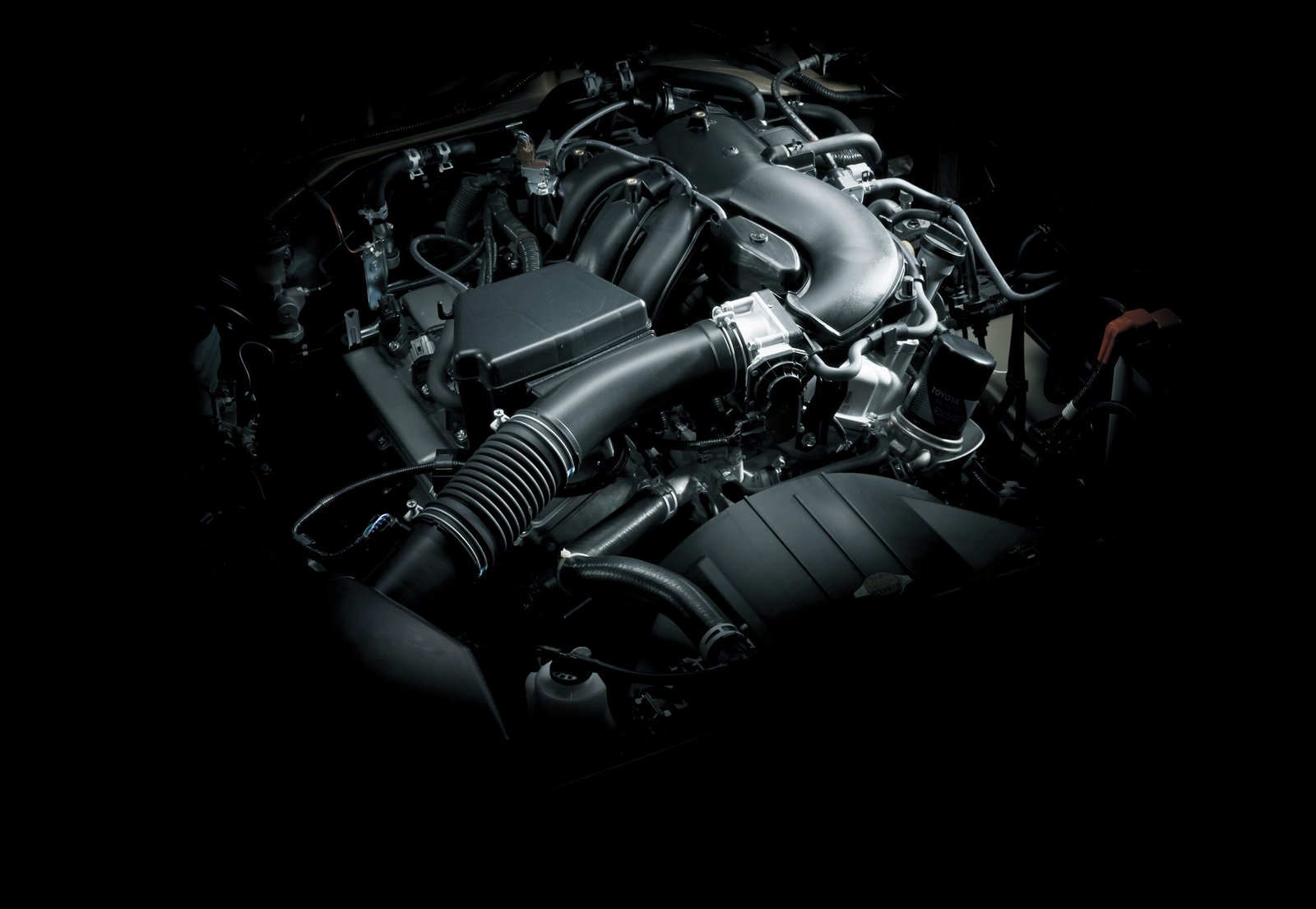
engine
EA839
EA839 is a family of turbocharged 90 degrees V6 engines of VAG. The base engine is the 260 kW (354 PS; 349 bhp) 3.0 available on Audi S4/S5/SQ5 models. A slightly detuned version (250 kW (340 PS; 335 bhp)) available on various Audi models such as the A6, A7, A8, Q7 and Q8. The 2.9 TFSI engine is a twin-turbo charged high performance variant which can be found on RS4/RS5 and some Porsche. The block we will be discussion is mostly from the 3.0 version.
Common Problems
In our machining of all German engines, the 3.0 version of EA839 is different from all others iron coated or OE cast-in sleeved block such as EA855, S55/B48/B58/S58, N54/N55, M156/M177. The 3.0 version of EA839 is pretty much the only modern German turbo boosted engine with “straight flangeless iron sleeves” that sit at the bottom ledge. In EA839, the bottom ledge is at about deck surface minus 130-ish mm deep. The 6 flangeless sleeves are interference fit into the block with no anaerobic adhesive. You can smell and feel the oil residue between the aluminum parent bore and the OD of the flangeless sleeves after you chisel out the OE sleeves (once you machine them thin enough for chisel). This is never a good sign. Whether oil migrated up during service or VW/Audi applied oil to facilitate sleeve installation, we don’t know. In the official Audi document, they use a term “Thermally joined cylinder liner”.
As you are probably aware of, cast iron sleeves and cast aluminum block material do NOT have the same thermal expansion rate (11 for iron and 19 for high silicone aluminum in relative terms), so flangeless sleeves that sit at deck minus 130-ish mm ledge go through heat cycles of growth and shrinkage on deck surface. (That is why performance shop always install “flanged type” sleeves) What we see here in our shops is high horsepower EA839s, especially those with stock internals yet larger turbos with aggressive tunings (knocking / overheating / piston crack/melt / ruined bearings/bore scoring/melt plugs… ) Whenever they have bottom end problems that require taking apart, 7/10 have OE sleeves sinking by at least 0.1~ 0.2mm ( very obvious by finger nails ). Do they cause head gasket sealing issues if ignored? We think maybe ok maybe not thanks to the generous 93mm bore spacing of EA839. We suspect head gasket sealing rings over the 87.5mm diameter that sit on aluminum still provide sealing, especially if you do a simple surface regrind/fly cutting.
Our Solution
At our auto motor service center, we offer a comprehensive engine rebuild solution for the EA839 engine. Our solution features the following::
- Expert technicians
our team of skilled technicians specializes in engine rebuilds for the EA839 engine. They have extensive knowledge and experience in diagnosing and resolving common problems associated with this engine.
- Quality parts
We only use high-quality parts and components for the engine rebuild process. This ensures that your EA839 engine performs optimally and lasts for an extended period without any issues.
- Thorough Inspectation
Before proceeding with the engine rebuild, we conduct a thorough inspection to identify all underlying problems. This allows us to address any additional issues and provide a comprehensive solution for your EA839 engine.
Check Out ALL Engine Solutions
Questions?
Elevate your financial prospects with our blend of seasoned expertise and innovative solutions.
